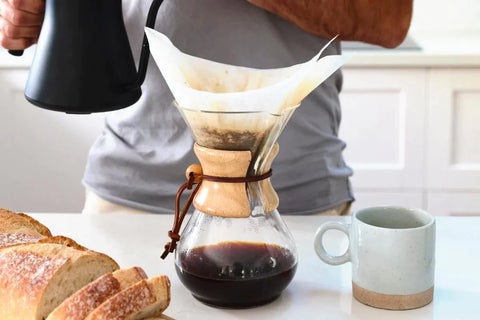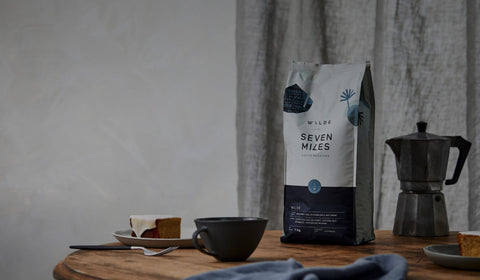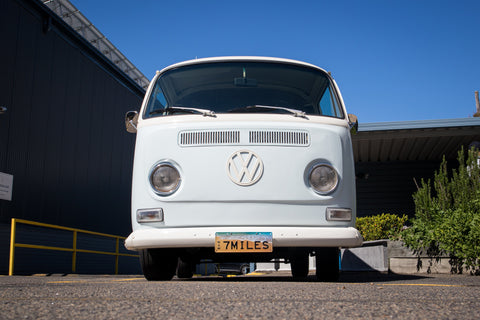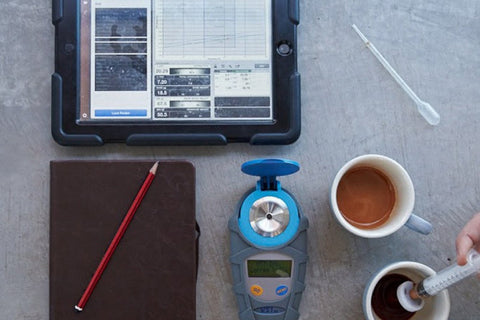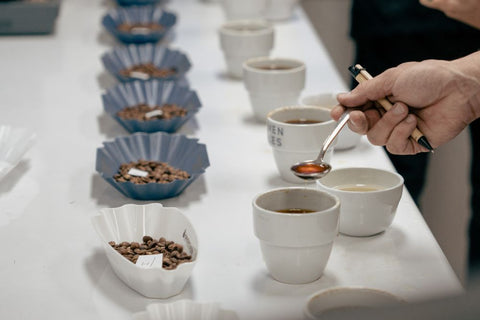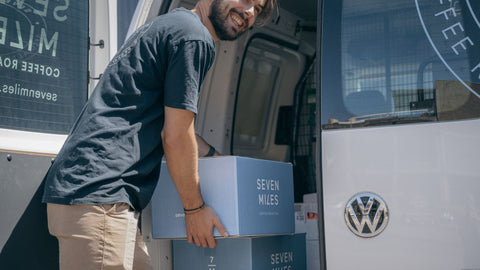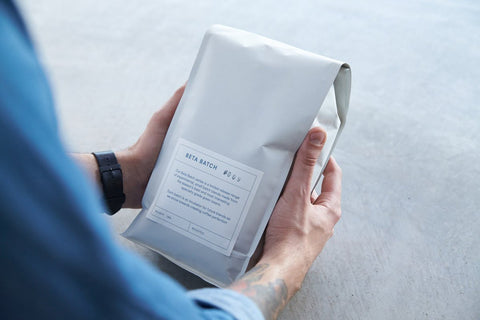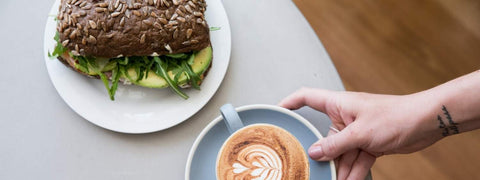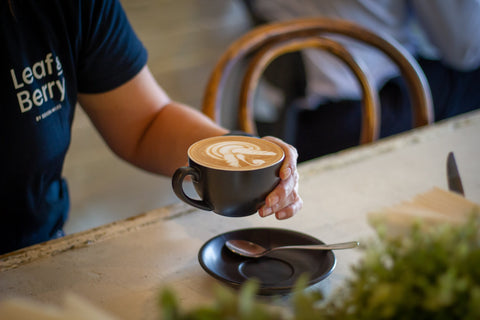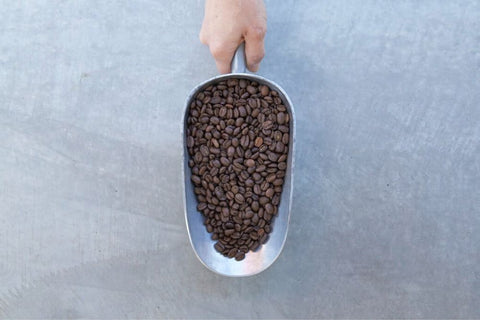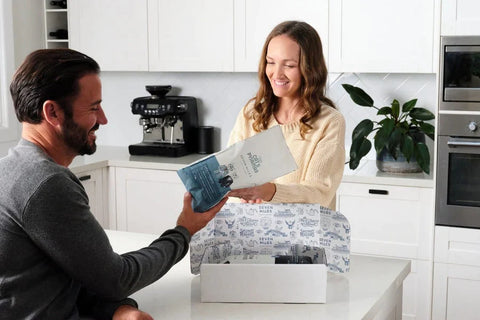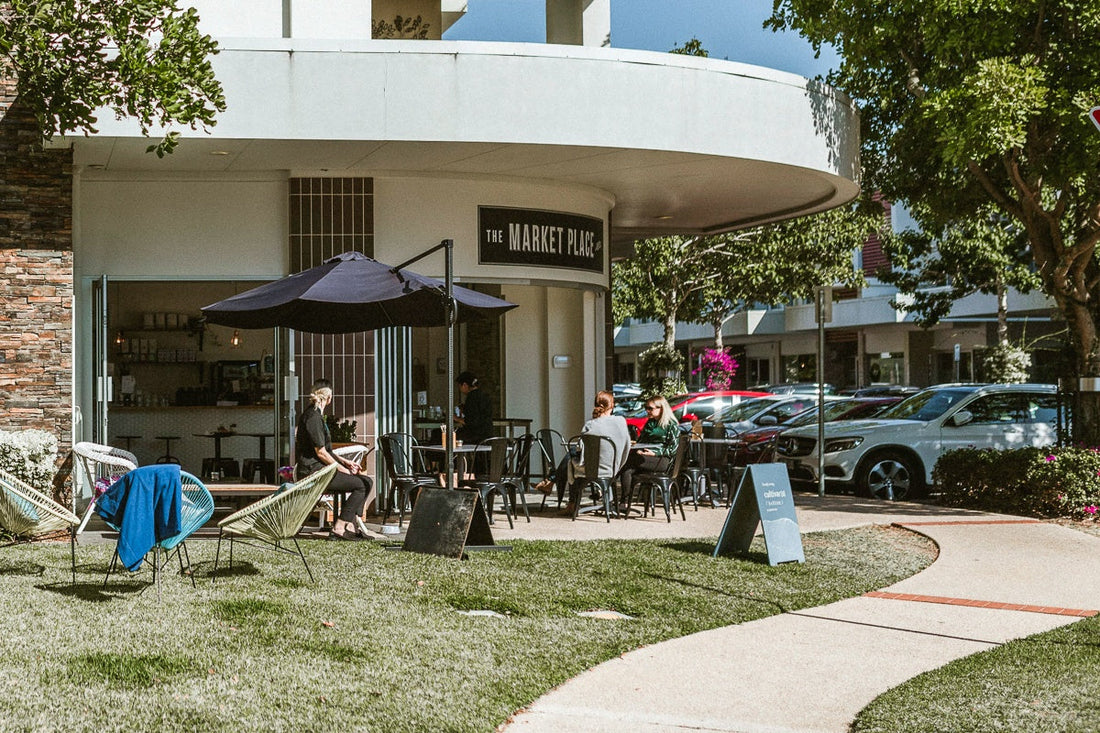Ok, you’ve got your business plan together, now it’s time to find a location for your new cafe. Before you get in too deep trawling the ‘shop for lease’ listings and talking to agents, here’s some tips to switch on your real estate A-game. Note: Every business is different, and this information is general in nature. It is based on my personal experience and opinion and should not be considered financial advice.
1) It’s all about regular customers
Local café businesses are built on regulars who come in every day / week. It’s no exaggeration to say that they are the financial backbone of most cafés. This type of customer will usually live or work within a short walk (5-10 minutes) from their regular café. When looking at a prospective cafe location, it’s worth taking a good look at the neighbourhood: Who lives in the area? Are they at home during the week? What businesses are in the area? Schools? Hospitals? Talk to the locals, ask about where they go for coffee. If you’re the analytical type, The ABS (Australian Bureau of Statistics) Census data can help too. Type the suburb name in and dive into an all-you-can-eat buffet of demographic info. Who lives in the area, what they do for work and what they earn.
2) Look for Foot Traffic and Parking
A good café location has one or the other - ideally both. If you’re planning a ‘destination’ café (i.e. full meals, plenty of seating, good for groups), then parking is critical for customers to plan their trip. If you’re planning more of an espresso bar concept (i.e. less seating, take-away focussed, smaller food options) then foot traffic is essential. When it comes to foot traffic, compare the number of people in the morning (for coffee, that’s when you need it) to the afternoon, and compare weekdays to weekends.
3) Look for low occupancy cost, not cheap rent
Don’t get me wrong, cheap rent is great - but what really matters is occupancy cost.
Occupancy cost is calculated like this: Total Sales divided by Total Rent (including outgoings)
For example weekly sales of $10k / $1k rent = 10% occupancy While the maths is simple, estimating sales is not such an exact science. Here are some tips to help crunch the numbers:
- Talk to other café owners with a similar menu in a similar area. If they’re not too close by, they might be willing to share information
- Talk to an industry professional. A local coffee rep deals with café businesses all day long, and are usually happy to help. And yes, they will probably offer to sell you coffee…
- This method is rough, but can be quite useful. Find a café in the area with a similar menu, count the average number of staff on a shift and look up their trading hours across the week. Then use this formula: > Total trading hours x Average number of staff x $25 (average hourly rate) x 2.5 (e.g. 60 hours x 3 staff x $25 x 2.5 = $11,250 est. weekly sales)
Whatever the method, aim for an occupancy cost of 10% or less.
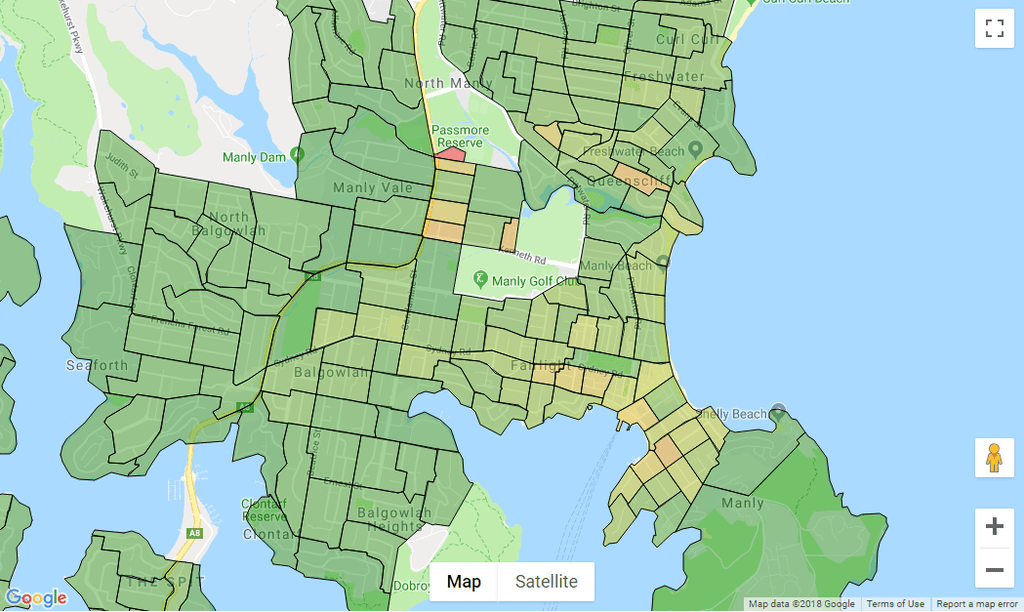 Population density heat map of our local area. You can also search target areas for other useful things like affluence, families & public transport commuters. Source: Microburbs
Population density heat map of our local area. You can also search target areas for other useful things like affluence, families & public transport commuters. Source: Microburbs
4) Beware the zombie site
What I’m talking about is when the agent says “it’s already fit out / equipment included / nothing to spend”. It’s a tempting proposition, but it pays to be wary. The previous tenants didn’t leave a full fitout & equipment out of the goodness of their heart. Something went wrong, you would be wise to find out what it was. If it happened to several owners before - run.
5) Look out for a dodgy lease
This is not legal advice, and I recommend you talk to a lawyer that specialises in retail leases before you sign anything. Having said that, here is a non-exhaustive list of leasing nasties to be aware of:
- Demolition Clause (i.e. the landlord can end the lease early)
- Relocation Clause (i.e. the landlord can move you to another spot)
- Fitout Contribution Clawbacks (i.e. they make you pay it back)
- Menu Restrictions (i.e. not allowed to sell certain products)
The potential resale value of your business is linked to the length and terms of the lease - so it’s worth getting this right.
6) Know the competition
Other cafés aren’t necessarily a bad thing - it depends on what part of the market you’re going after. A group of cafes can attract more people to the area over time - as long as they’re aren’t all offering the same thing.
The key is to find your segment of regular customers, and have a plan for how you’re going to create a place that’s right for them.
Either way, it’s wise to pay potential competitors a visit. Find out who their regulars are, what they do well and not so well...
7) Keep an eye out for corner locations
Ok, I know this is very specific advice, but corner sites have a number of advantages for a cafe:
- More natural light
- More space for outside seating
- Usually more foot traffic (from two streets)
- Easy meeting place for customers, more visible than inline locations
It’s no coincidence that the big coffee chains like to snap these cafe locations up whenever they can.
That’s all for now, leave a comment on our Facebook page or send an email if you have any questions. If you're planning to open a café, take a look at our step-by-step guide. If you're thinking of buying a cafe, take a look at our checklist of things you should know. Or checkout our wholesale page for more on how we can help local cafe businesses.
